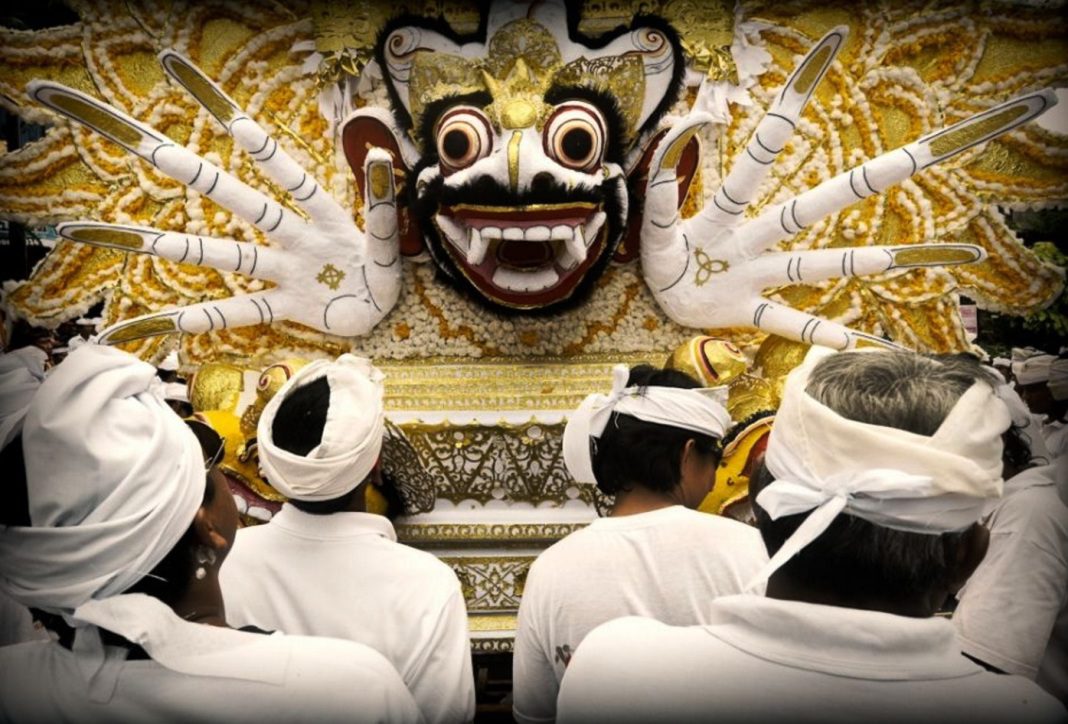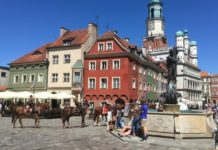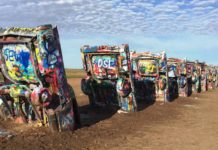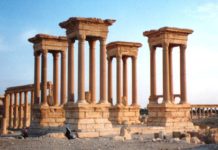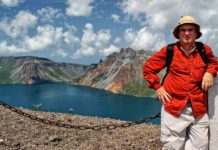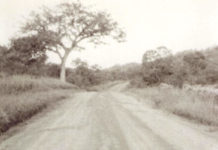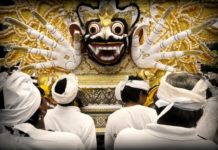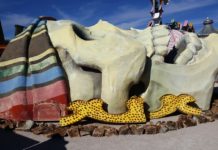[
]
The first time I met Lenny Plotkin, he was sitting quietly at a table in the courtyard of a backpacker hostel in Dili, East Timor. We started chatting, and he told me that his life consisted of going from place to place taking pictures. He also had no time frame for abandoning his lifestyle. We went out for Indian food and exchanged travel stories. I knew that he was the kind of person I wanted to stay in contact with and see his latest pictures when he went somewhere new.
The next time I saw Lenny he was visiting New York City briefly, and I couldn’t help but notice that he was completely unaffected by the chaos and noise surrounding him. We met for coffee, and he paid with a dollar bill that was so discolored and tattered that I wondered where he had gotten it. It’s anybody’s guess; Lenny has estimated that he’s visited between 80 and 90 countries.
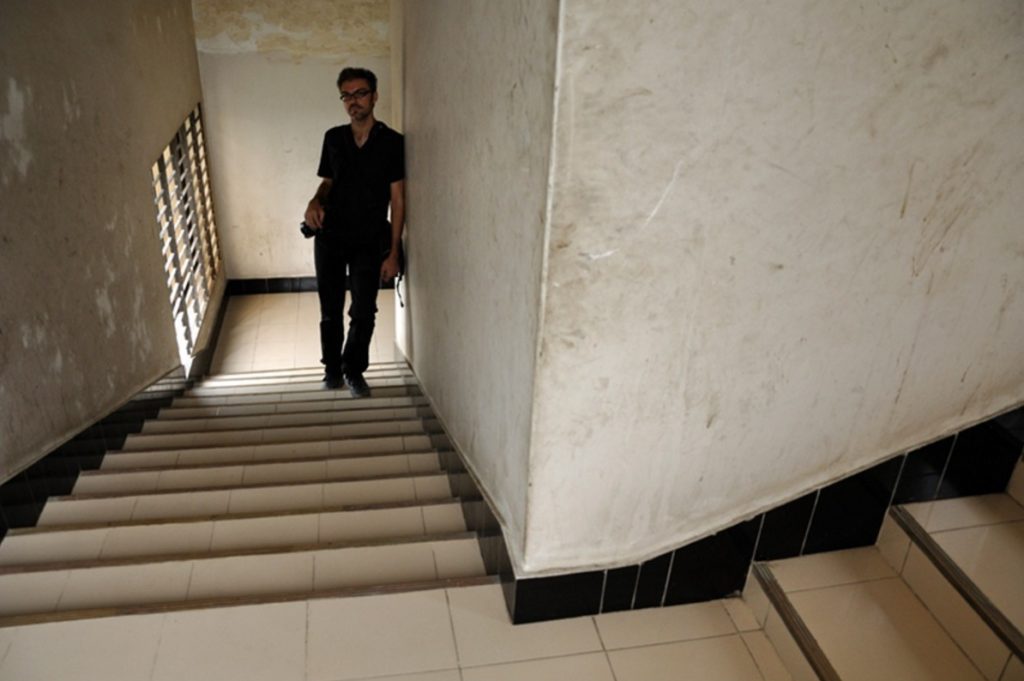
These days, the Russian-born, American-bred, 43-year-old photographer is resting at a monastery in Nepal where he plans to spend time walking in the mountains and enjoying some peace and quiet while he a works on a photo book about mystic traditions in India. Over the past five years, Lenny has traveled on religious pilgrimages with Hindus, Muslims, Buddhists, Sikhs, Jains, and Bauls.
I admire Lenny, not only for his complex, philosophical ideas, but for how he has the stamina to go on incredibly long, exhausting pilgrimages without a KFC anywhere in sight.
Will he be able to manage his finances well enough to stay on the road for the rest of his life?
“In the normal course of events,” he quips, “I’ll run out of money before I run out of days.”
You can enjoy some of Lenny Plotkin’s breathtaking photos at:
www.leonidfotos.com
Lenny Plotkin on Tumblr
Lenny Plotkin on Flickr
The interview with Lenny Plotkin begins below.
“There are many ways to live a good, meaningful, and dignified life.” — Lenny Plotkin
Can you describe the path you took from becoming a regular guy with a regular job to a man who has no known address?
At about the age of fifteen, for no discernible reason, I suddenly became interested in history. I began to read books about the ancient world – Mesopotamia, Egypt, China, India, Greece, and Rome. I knew that someday I wanted to visit those places. I hoped to experience them, in some small way, even if I were present long after great events had transpired. For me, travel was a desire to connect my small life with the greater life of humanity and the history of civilization.
Already at a young age, I had a strong desire to travel, but I didn’t have the opportunity. From that point on, I was always thinking about how to organize my life so that I would be able to spend years traveling the world. In the meantime I had to get an education, work, repay my student loans, and save money. Eventually I graduated from law school and worked as a corporate lawyer in New York City, but I always knew this was temporary. Though I had a regular job, I was probably a bit of an irregular guy. When the time was right, I would be free and explore the world.
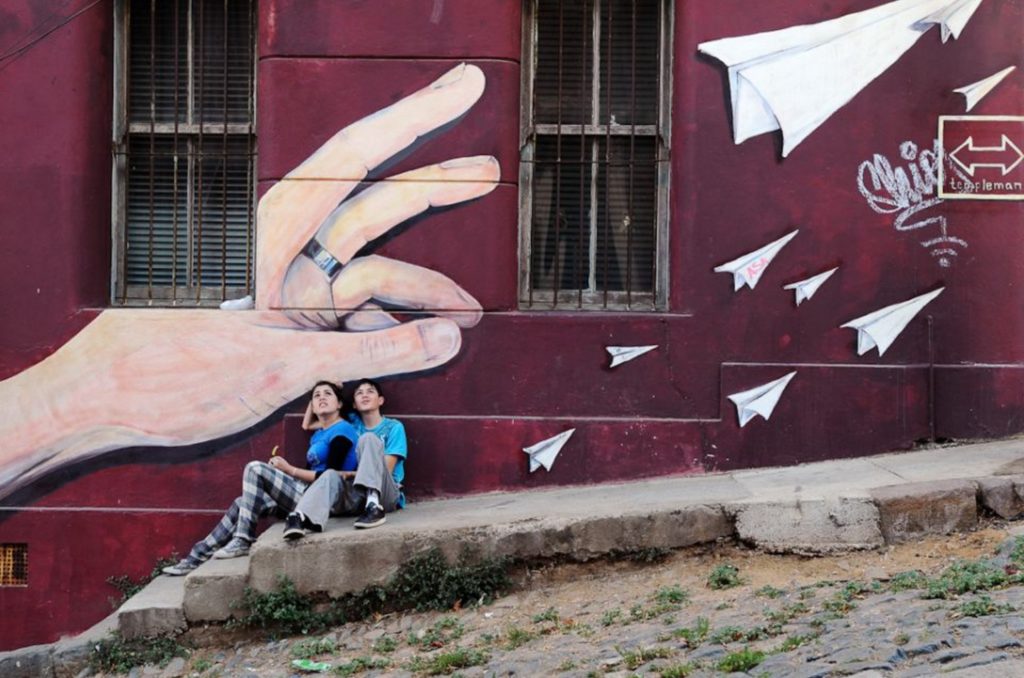
I was fortunate because from the beginning I had a vision and knew what I wanted to do. Then it was only a matter of figuring out what practical steps I had to take to turn it into reality. The most important and difficult questions of life are not how but why. If you know why you want to do something and why it’s important to you, then you are most of the way to accomplishing your goal. The question of how to do something is only a minor logistical problem that can almost always be solved, one way or another.
Is this experience you are having essentially a search for the understanding of religion?
My travels are a search for an understanding of life and my place in the world. In ancient Greece, inside the Temple of Apollo at Delphi was the inscription, “Know Thyself.” If you know yourself, you will also know what’s your place, role, and work in the world. I don’t want to spend my life playing another man’s role and doing another man’s work. So, in a way, my travels are about knowing myself.
What are your religious beliefs?
I have no beliefs, only knowledge – the knowledge that at the center of everything lies a great mystery, and knowing this fills me with wonder and awe.
Do you have any intention of abandoning your lifestyle?
At the moment, I don’t think about changing my way of life, but I can imagine that at some point I will come to feel that it would be better to live in another way. I mean, it only makes sense to continue traveling as long as one still finds this way of life more meaningful than some alternative. Once there is something else that makes more sense, then I would choose that instead of continuing to travel just out of inertia or habit. There are many ways to live a good, meaningful, and dignified life.
What are your pet peeves?
By now I’ve become pretty immune to the small annoyances of life on the road, and I mostly pay little heed to them. Sometimes it becomes tiresome to be asked where I’m from many times a day, especially when it’s people’s first question. But even then it’s not a big deal.
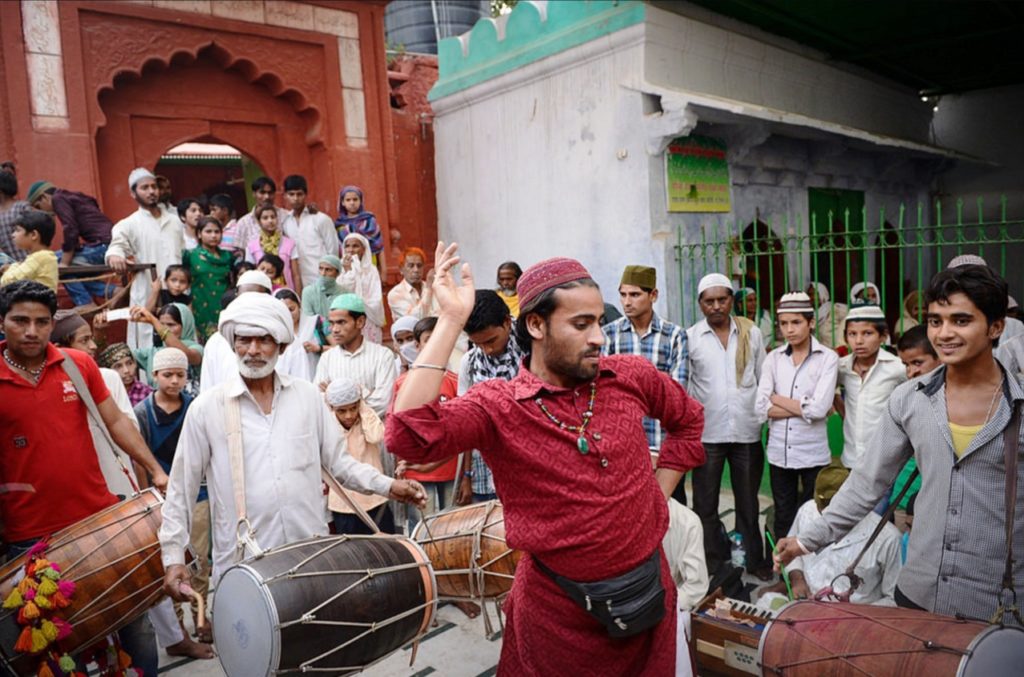
What are the downsides to having this kind of life?
The major downside to this lifestyle is that there is almost nothing constant. People are always coming into my life and leaving it again. Being constantly in motion, one doesn’t have much opportunity to cultivate long-term relationships with people or to develop community ties. This is not a small thing to give up. Spending years away from one’s good friends and family also weakens those relationships.
How does your family feel about all of this?
My family doesn’t understand why anyone would abandon the material and social advantages of a lucrative career in New York in order to travel the world.
What do you miss the most about being in America?
I miss bagels with cream cheese and lox. I also miss my friends. But generally, I’m just fine wherever I happen to be at the moment with whatever is at hand. I don’t sit around wishing for people or things that are far away.
What are some of the most outrageous and fascinating things that you have experienced?
I think the most fascinating thing has been having ten years of freedom to live the life of my choice. It’s also been captivating to witness and, in some way, participate in traditions that have existed for hundreds or even thousands of years and to stand in places where some of the great events of civilization unfolded in times gone by. I’ve been fortunate that nothing really outrageous has happened to me in my travels.
For photographers out there, what kind of equipment do you use?
For the past few years I’ve been using a Nikon D600, but the equipment is not that important. People take good photos with obsolete digital cameras, disposable cameras, and smartphones. Those who think or talk a lot about equipment are more interested in technology than photography.
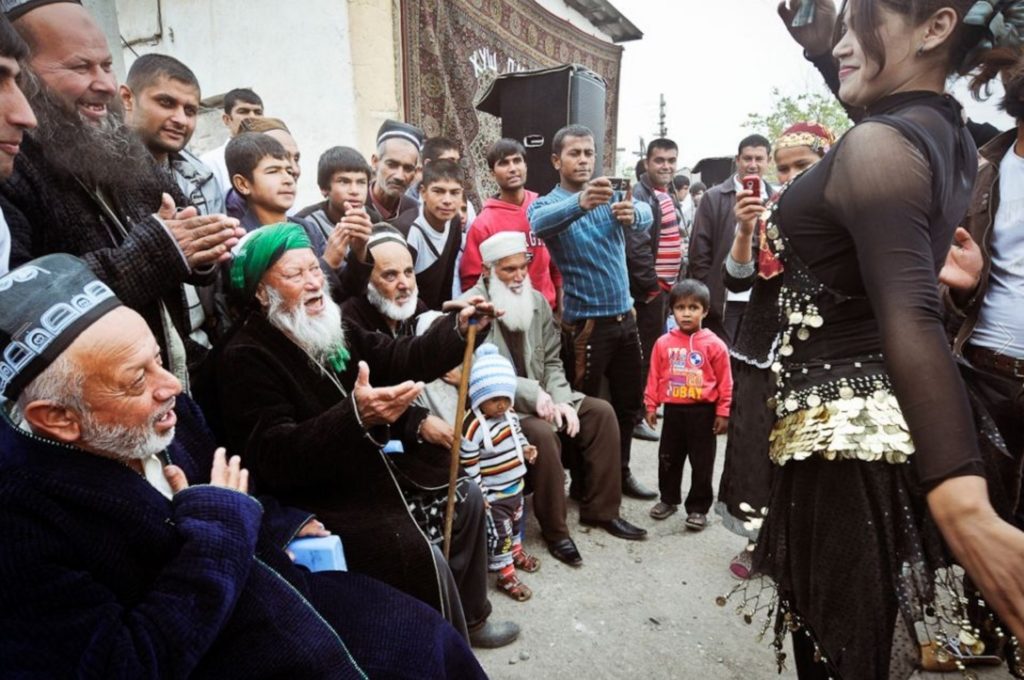
Do you prefer taking photos of people over landscapes?
I find the living traditions more intriguing than the background against which they unfold. Doing something interesting with pure landscape photography is difficult because people have been photographing them for more than 150 years.
In photographing people’s lives, there’s more opportunity for creativity. I feel a greater urgency to photograph people and their traditions, as these cultures are changing and disappearing rapidly. Some of the cultures I photographed will be unrecognizable in a generation. In a half century some won’t exist at all.
Traveling in India can be incredibly grueling. Do you have any general advice about dealing with the day-to-day problems?
I think that the best advice for traveling anywhere is Douglas Adams’ motto in The Hitchhiker’s Guide to the Galaxy – don’t panic! Never let people or situations pressure or rush you into making decisions, and always keep your wits about you and think things through. Trying to do too much in too short a time is a sure recipe for aggravation.
What are some of your tips for managing your money and keeping your costs down?
Don’t waste money on frivolous things like alcohol, cigarettes, and junk food. Eating local food instead of in tourist restaurants saves a lot of money in the long run. Spending time in one place is cheaper than moving around all the time.
Is it possible to have a decent trip around India for $1,000/month?
What is decent depends on one’s expectations, but for a backpacker on a tight budget, it is possible to travel in India on about $10 dollars a day.
How do you avoid stomach problems? Have you had any health emergencies?
To stay healthy and avoid digestive issues, I find that eating a mostly vegetarian diet helps. Of course, I’ve had occasional stomach problems, but they haven’t been too frequent or too serious. Luckily I haven’t had to deal with any major health issues during my travels.
If you met a young, aspiring traveler who had never been anywhere and wanted to do exactly what you are doing, what would you tell him or her?
If you have the desire and the opportunity to travel, then you should already be out in the world. If you have the desire but don’t have the opportunity yet, then work toward organizing your life in such a way that the opportunity presents itself sooner or later. Everyone’s life and circumstances are in some way unique, so it’s not possible to offer a recipe, but it seems to me that anyone living in the West can find a way to travel if that is really a priority in his or her life.
What are some of the pilgrimages in India that you have gone on?
One of my most interesting Hindu pilgrimages was to the Amarnath cave in Kashmir. It’s located in the Himalaya at an altitude of almost 4,000 meters (13,000 feet) where Shiva is believed to manifest himself as ice. It was a three-day walk to get there, and I was traveling with tens of thousands of people in a remote, mountainous area.
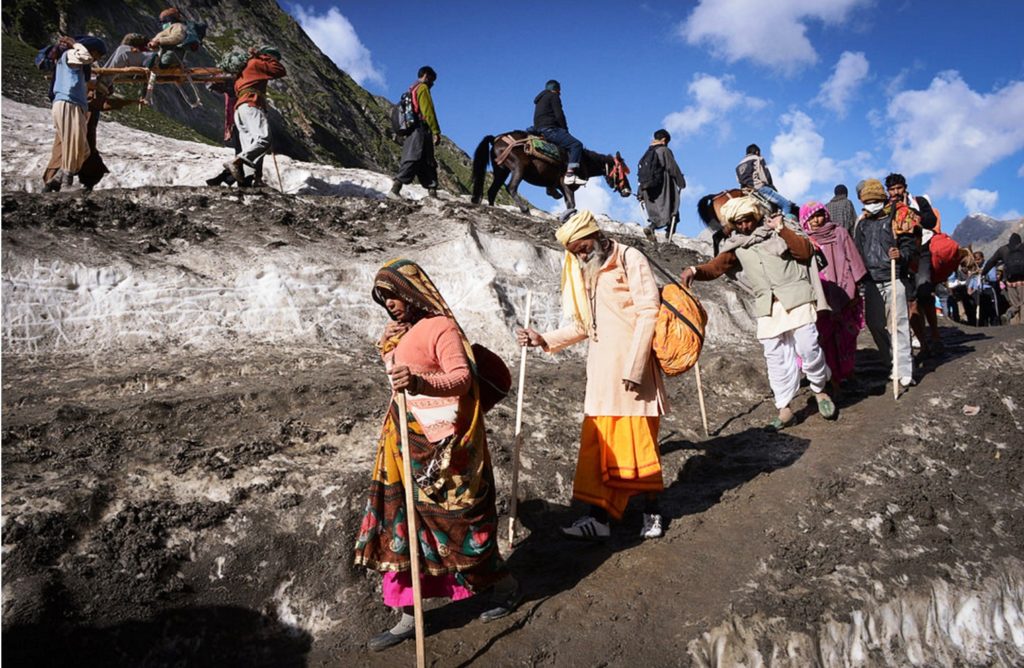
Another great Hindu pilgrimage is in south India to Sabarimala, a forest temple of the god Ayyappa. The entire pilgrimage lasts about 40 days, during which time the pilgrims observe many strict precepts, such as being celibate and not drinking alcohol. The pilgrimage culminates with a 60 kilometer (37 mile) walk through the jungle to a mountaintop temple.
A wonderful Hindu pilgrimage is in Tiruvannamalai. There is a sacred mountain there, an ancient, extinct volcano on which Shiva is believed to manifest himself in the form of fire every year. It occurs on the full moon, and a great fire burns on top of the mountain all night, while huge crowds of pilgrims circumambulate the mountain.
Of the Muslim pilgrimages, the one from Delhi to Ajmer is the most spectacular. Several thousand pilgrims walk for two weeks and about 500 kilometers (310 miles) to visit the shrine of the Sufi saint, Moinuddin Chishti.
I also went with Buddhist pilgrims to places associated with the life of the historical Buddha, most importantly the places of Buddha’s birth, enlightenment, first sermon, and death. Finally, in Bihar, I immersed myself in a Jain pilgrimage to some mountaintop temples where many of the Jain saints became enlightened.
How do the locals treat you when you travel with them? Are you regarded as an oddity?
People are curious when an outsider joins their pilgrimage, but I wouldn’t say that they ever treated me as an oddity. Mostly, people have been extremely welcoming, accommodating, and hospitable. Often they would go out of their way to help me and try to make me as comfortable as possible on a long and difficult journey.
Why did you decide to leave India and go to Nepal?
After spending five years in India, I finally left because I felt that I had accomplished what I set out to do there, both as a photographer and as a traveler. There comes a point when one’s eye isn’t fresh anymore, and amazing things begin to seem ordinary. I felt that I had become too accustomed to India, but I hope to return there in the future when I can see it with new eyes. ♦

